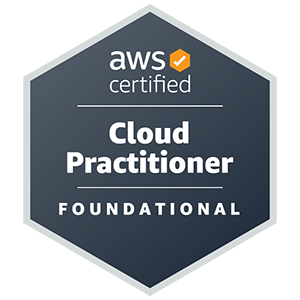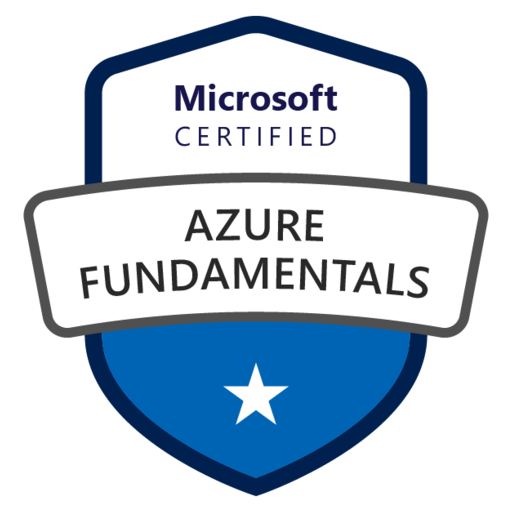The multi-cloud strategy is a solid reality in the business scene, allowing organizations to use the best services from different cloud providers to maximize their efficiency. As companies become increasingly digital, multi-cloud trends indicate a future marked by increased integration, enhanced security, and intelligent automation.
The evolution of the multi-cloud
The evolution of multi-cloud strategies has become essential for businesses looking to enhance flexibility and avoid relying on a single provider. By using multiple vendors, companies can protect themselves against potential failures and changes in policy. According to Flexera, 89% of organizations already implemented multi-cloud solutions to boost reliability and tailor performance to their needs.
When we talk about multi-cloud, it’s important to understand that there are three main types of cloud: public, private, and hybrid. The public cloud, such as AWS, Google Cloud, or Azure, offers shared services, which are generally more accessible and scalable. The private cloud is exclusive to one company, bringing more control and security. The hybrid cloud combines both, allowing flexibility and the use of various infrastructures to meet different operational and security needs.
Looking ahead, Gartner estimates that by 2025, over 85% of large companies will adopt multi-cloud strategies. This shift is not just about risk management; it aims to create agile digital environments that support continuous innovation and efficiency in an ever-changing business landscape.
Future trends for the Multi-cloud
-
Advanced integration and orchestration
Advanced integration and orchestration are pillars for success in multi-cloud environments. Many companies don’t have in-house teams prepared to deal with this complexity, which makes managed cloud services (MSPs) increasingly indispensable. These providers stand out by facilitating communication between different platforms, creating a unified and fluid environment, regardless of the supplier. With the MSP market projected to reach $116.2 billion by 2025, expert support will be crucial to optimize resources, ensure compliance, and strengthen security.
-
Security as a priority
With the increasing complexity of multi-cloud strategies, security will continue to be a major concern. Solutions that monitor threats, manage identities, and guarantee encryption in multiple cloud environments will be essential to maintain confidence in the model. The trend is towards centralized, automated security solutions that offer visibility across all providers and environments.
-
Automation and Artificial Intelligence
Automation is becoming a strategic ally in multi-cloud management. With the use of artificial intelligence (AI) and machine learning tools, it will be possible to manage multiple clouds efficiently, automating complex processes such as load balancing, fault recovery, and dynamic resource allocation. These technologies should optimize operations, reduce costs, and allow companies to respond quickly to changes in the environment, improving their operational efficiency.
-
Cloud-native and Containers
The development of cloud-native applications, using containers and microservice architectures, will allow greater agility in moving workloads between providers. With the use of solutions such as Kubernetes and Docker, portability will be a differentiator, facilitating management and scalability in multi-cloud environments.
-
Edge Computing and Multi-cloud
Edge computing is increasingly integrated into multi-cloud strategies, especially in sectors such as IoT, telecommunications, and manufacturing. Companies are looking to reduce latency and optimize data processing by using solutions that leverage from the power of the cloud closer to the end user. It is estimated that by 2025, 75% of business data will be processed outside of traditional data centers and the cloud.
-
Focus on interoperability
Interoperability is one of the biggest challenges in multi-cloud environments. With the use of platforms such as AWS, Microsoft Azure, and Google Cloud, efficient integration between these providers is essential. By 2025, providers are expected to develop tools and APIs that facilitate this integration, allowing companies to create cohesive multi-cloud environments. This will increase flexibility, reduce dependence on single providers, and improve operational agility.
The role of the multi-cloud in the business future
Companies that adopt the multi-cloud gain a significant strategic advantage. The model offers flexibility, allowing organizations to adjust their services according to their needs, optimizing costs, and ensuring high resilience. However, in the future, companies need to be prepared to deal with increased complexity, whether in terms of integration or security.
Success will depend on choosing the right tools and a robust approach to orchestrating and managing multi-cloud environments. Growing this strategy doesn’t just mean diversifying providers, but ensuring that the entire IT ecosystem is aligned with business objectives.
How to know if multi-cloud is the right strategy for your company
Adopting multi-cloud can bring significant benefits, but not all companies are ready for this change. To ensure that your organization gets the most out of this strategy, it is essential to carry out a detailed analysis of business needs, capabilities, and objectives.
Checklist for multi-cloud adoption:
Here are some essential points to consider before adopting a multi-cloud strategy:
- Business needs: Check that multi-cloud meets your company’s strategic objectives. Are flexibility, resilience, and the ability to innovate essential?
- Workloads: Assess which workloads would benefit from multiple providers. For example, operations that require high availability or critical services could benefit from the redundancy offered by different clouds.
- Internal IT capabilities: Does your IT team have the expertise to manage different cloud environments? Multi-cloud requires advanced skills to integrate, monitor, and maintain multiple providers. If not, you may need to invest in training or hire specialists.
- Cost-effectiveness: Compare the costs of maintaining a single cloud versus a multi-cloud strategy. Consider hidden costs, such as data transfer fees between providers and licensing of monitoring tools.
- Security and Compliance: Does your company have specific compliance and security requirements? Multi-cloud can meet these needs by allowing different providers to comply with regulatory requirements in different regions, but you will need unified security policies.
- Automation tools: Automating provisioning and monitoring processes can help reduce the complexity of multi-cloud management. Check whether you already use or are willing to adopt automation tools to integrate these environments efficiently.
- Migration planning: Carefully plan the migration of your applications to different cloud providers. Identify possible incompatibilities and impacts on business continuity.
- Scalability and performance: Make sure that the multi-cloud can meet the scalability and performance requirements of your applications. Often, different providers offer optimized resources for specific types of workloads, guaranteeing flexibility and performance.
- Provider support and management: Check the levels of support offered by each cloud provider and whether they meet your company’s expectations. Hiring an MSP (Managed Service Provider) can be an interesting option for dealing with this complexity.
Evaluating the decision
If your company needs high flexibility, avoids cloud lock-in, and can manage the complexity of varied environments, multi-cloud may be the best choice. Otherwise, concentrating on a single provider or a hybrid cloud strategy may be more viable. The key is to balance the advantages of resilience and cost optimization with the challenges of security and management.
Preparing for the future of multi-cloud
The multi-cloud has established itself as an essential strategy for companies seeking flexibility and resilience. As technology continues to evolve, the integration of solutions such as edge computing, automation, and managed services will be crucial to driving innovation and operational efficiency. Organizations that adopt this approach are better placed to thrive in a dynamic and competitive business environment.
Luby offers expertise in multi-cloud solutions, helping companies assess their needs, integrate different platforms, and optimize resources. With a personalized approach, we help you with the best solutions so that you can take full advantage of this strategy and remain competitive in the market. Talk with us and discover how we can support your success!










